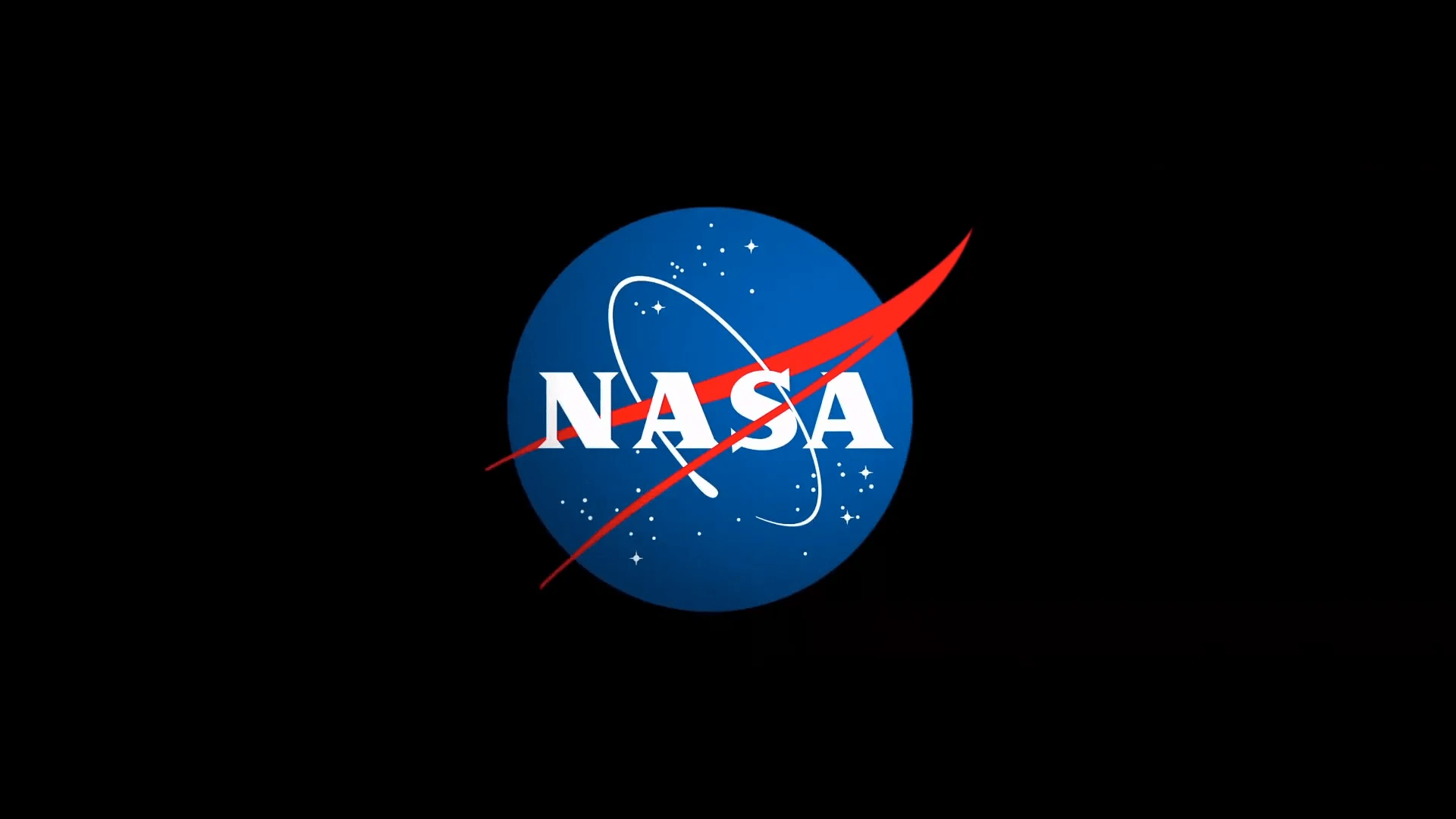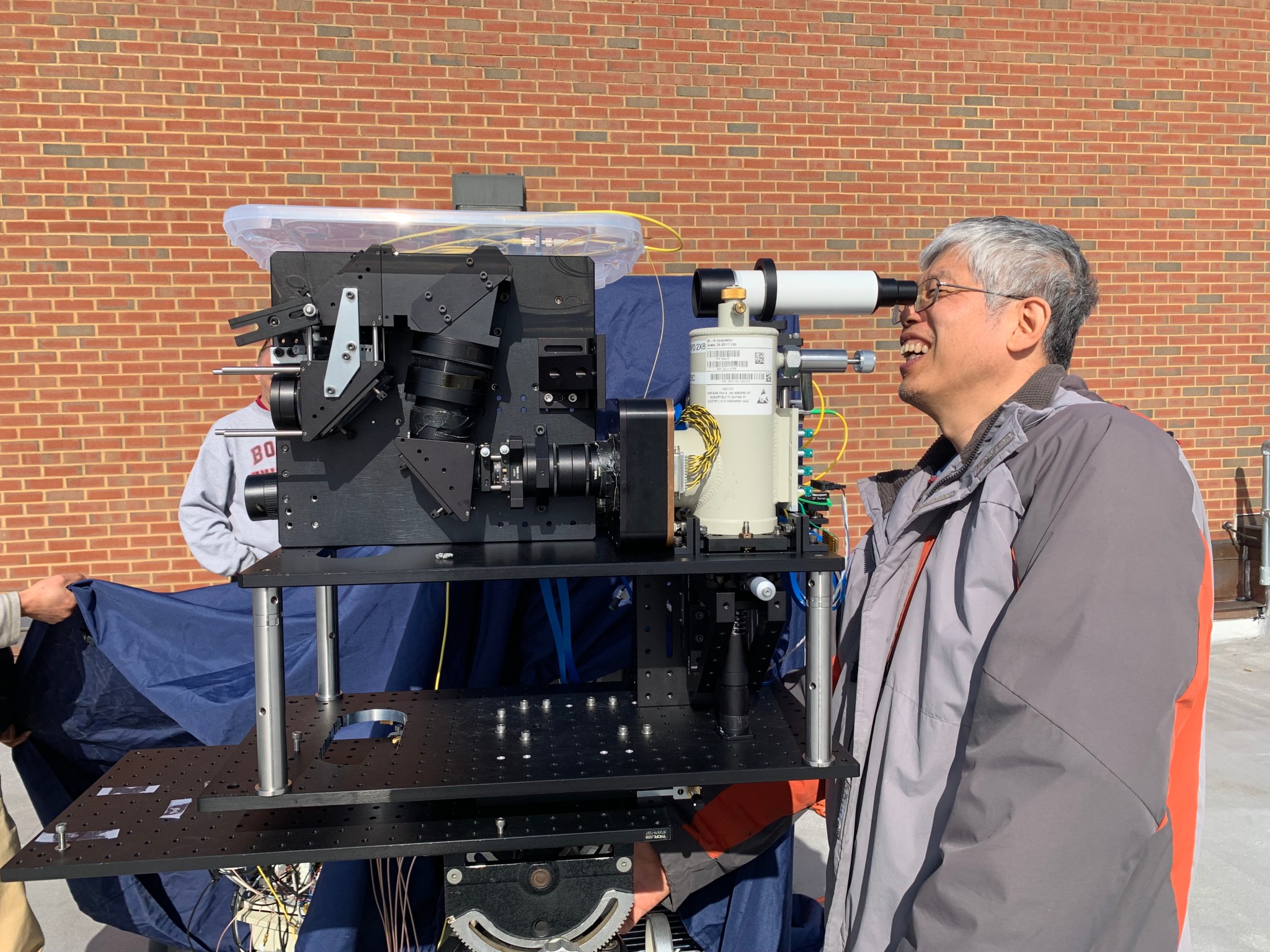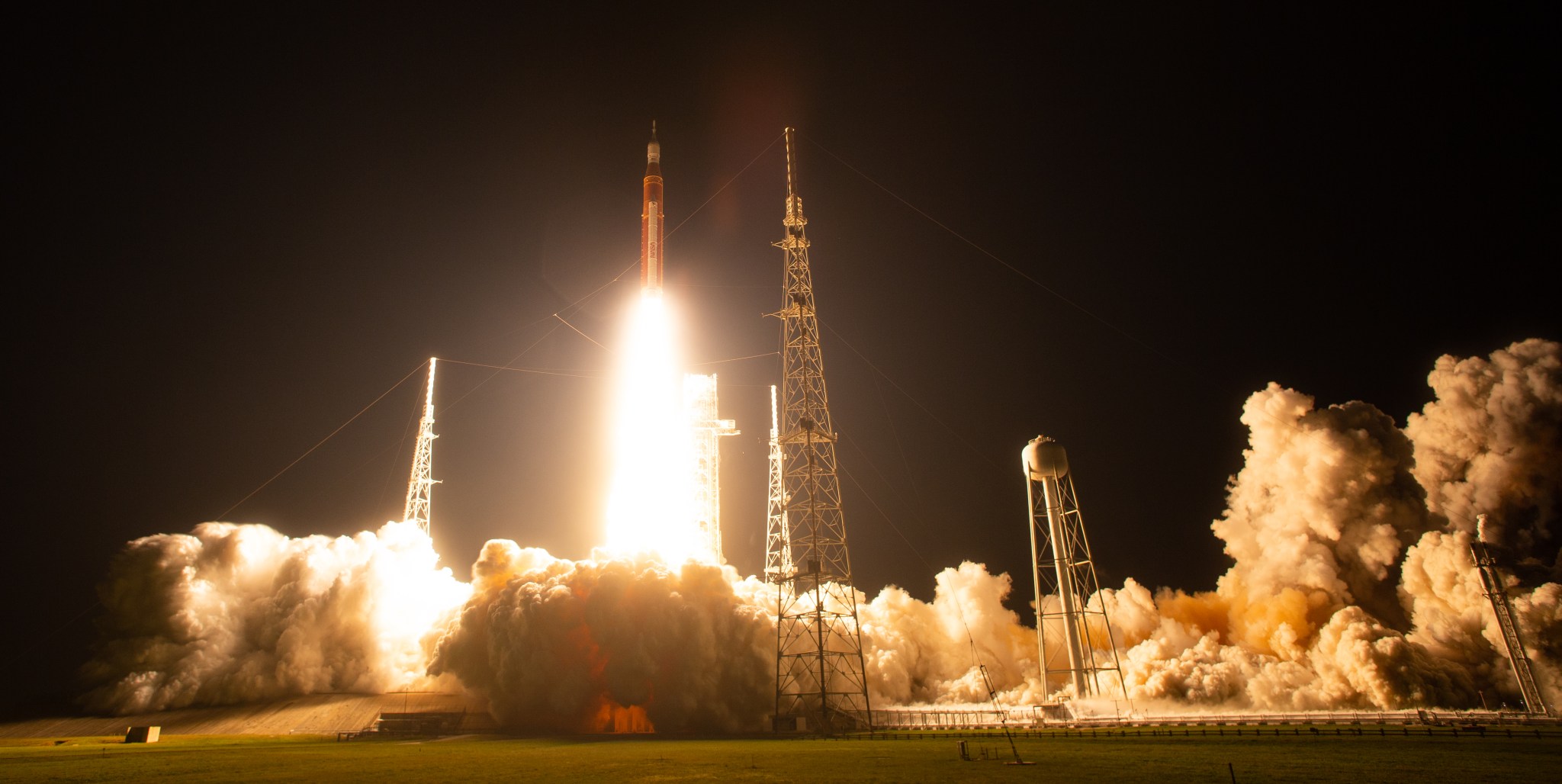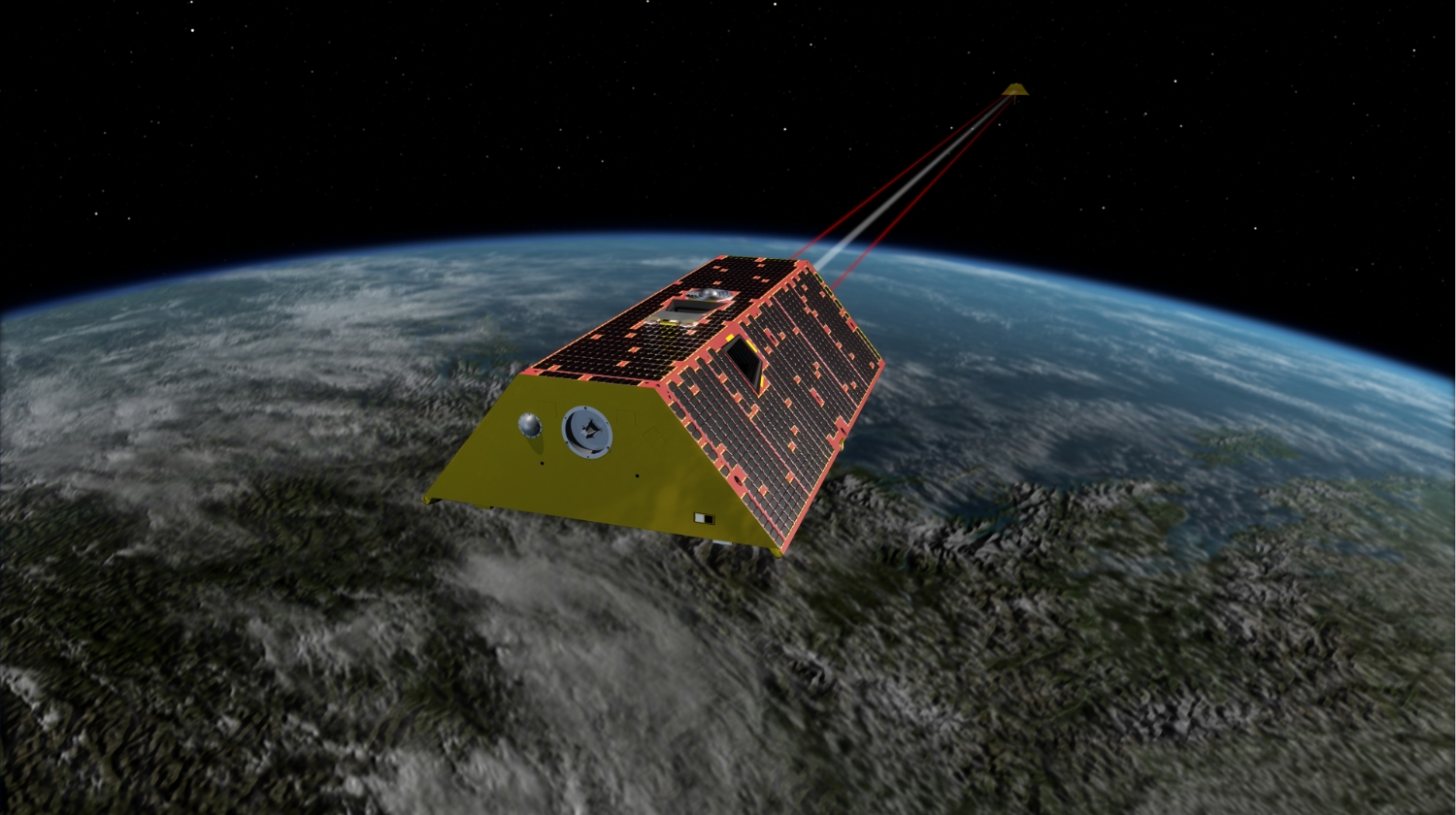SpaceX is gearing up to launch its next Starship test flight, a mission that will attempt a second catch of the world’s largest rocket on Tuesday (Nov. 19). But if you’re hoping to watch the launch live online, you’ll need to know when to tune in. Currently, SpaceX’s Starship Flight 6 test flight is scheduled to launch no earlier than Tuesday, Nov. 19, at 5 p.m. EST (2100 GMT) from the company’s Starbase site in South Texas, near Boca Chica Beach. This will be SpaceX’s sixth test flight of a…
Read MoreDay: November 15, 2024
NASA Receives 14th Consecutive ‘Clean’ Financial Audit Opinion
Credit: NASA For the 14th consecutive year, NASA received an unmodified, or “clean,” opinion from an external auditor on its fiscal year 2024 financial statements. The rating is the best possible audit opinion, certifying that NASA’s financial statements conform with Generally Accepted Accounting Principles for federal agencies and accurately present the agency’s financial position. The audit opinion reaffirms the agency’s commitment to transparency in the use of American taxpayers’ dollars. “For the 14th year in a row, NASA has delivered a reliable, accurate, and transparent report of our fiscal operations…
Read MoreNASA Goddard Lidar Team Receives Center Innovation Award for Advancements
NASA researchers Guan Yang, Jeff Chen, and their team received the 2024 Innovator of The Year Award at the agency’s Goddard Space Flight Center in Greenbelt, Maryland, for their exemplary work on a lidar system enhanced with artificial intelligence and other technologies. Engineer Jeffrey Chen tests a lidar prototype on the roof of Building 33 at NASA’s Goddard Space Flight Center in Greenbelt, Md. Chen and his team earned the center’s 2024 Innovator of the Year award for their work on CASALS, a lidar system enhanced with artificial intelligence and…
Read MoreSix Ways Supercomputing Advances Our Understanding of the Universe
At NASA, high-end computing is essential for many agency missions. This technology helps us advance our understanding of the universe – from our planet to the farthest reaches of the cosmos. Supercomputers enable projects across diverse research, such as making discoveries about the Sun’s activity that affects technologies in space and life on Earth, building artificial intelligence-based models for innovative weather and climate science, and helping redesign the launch pad that will send astronauts to space with Artemis II. These projects are just a sample of the many on display in…
Read MoreTerms of Service NASA’s…
Terms of Service NASA’s “MISSION: All Systems GO!” Participant Terms and Conditions NASA’s MISSION: All Systems GO! is a set of images, videos, certificates and related materials (the “Materials”) intended for use by healthcare providers to assist in reducing the anxieties of children and other patients facing difficult treatment protocols for cancer and other maladies by comparing their challenges with those of NASA astronauts about to embark on a mission to space. BY UTILIZING NASA’S MISSION: ALL SYSTEMS GO! MATERIALS, THE PARTICIPANT (YOU) AGREES TO THE FOLLOWING TERMS AND CONDITIONS:…
Read MoreTwo Years Ago: Artemis I Launch
NASA’s SLS (Space Launch System) rocket carrying the Orion spacecraft launched on the Artemis I flight test, Wednesday, Nov. 16, 2022, from Launch Complex 39B at NASA’s Kennedy Space Center in Florida. NASA’s Artemis I mission was the first integrated flight test of the agency’s deep space exploration systems.
Read MoreTwo Years Ago: Artemis I Liftoff
NASA/Joel Kowsky In this photo, NASA’s SLS (Space Launch System) rocket, carrying the Orion spacecraft, lifts off the pad at Launch Complex 39B at the agency’s Kennedy Space Center in Florida at 1:47 a.m. EST on Nov. 16, 2022. Set on a path to the Moon, this officially began the Artemis I mission. Since the completion of Orion’s 25.5-day mission around the Moon and back, teams across NASA have been hard at work preparing for the upcoming Artemis II test flight, which will send four astronauts on a 10-day mission around…
Read MoreNASA Satellites Reveal Abrupt Drop in Global Freshwater Levels
4 min read NASA Satellites Reveal Abrupt Drop in Global Freshwater Levels Earth (ESD) Earth Home Explore Climate Change Science in Action Multimedia Data For Researchers GRACE satellites measure gravity as they orbit the planet to reveal shifting levels of water on the Earth (artist’s concept). NASA/JPL-Caltech An international team of scientists using observations from NASA-German satellites found evidence that Earth’s total amount of freshwater dropped abruptly starting in May 2014 and has remained low ever since. Reporting in Surveys in Geophysics, the researchers suggested the shift could indicate Earth’s…
Read MoreWatch November full moon rise today in free livestream
The Beaver Supermoon 2024: online observation (15 Nov. 2024) – YouTube Watch On The November Full Moon, also known as the Beaver Moon rises today and is the last supermoon of the year. You can watch the full moon rise live from Italy, in a free livestream courtesy of astronomer Gianluca Masi of the Virtual Telescope Project. The November full moon livestream starts at 1:30 p.m. EST (1830 GMT) and you can watch it live here on Space.com or directly on the Virtual Telescope Project’s WebTV or YouTube channel, weather…
Read MoreAurora activity is just getting started. Here’s why the best northern lights are yet to come.
There’s no doubt we’ve been treated to some remarkable aurora shows this year (the May superstorms and the recent strong activity in October spring to mind) but what if I told you this was only the beginning of some incredible northern lights activity? In October 2024, scientists announced that the sun has reached solar maximum, a period of heightened solar activity and sunspot frequency that occurs during the sun‘s approximately 11-year solar cycle. During the solar maximum period, the sun emits more energized particles as it erupts with coronal mass…
Read More






